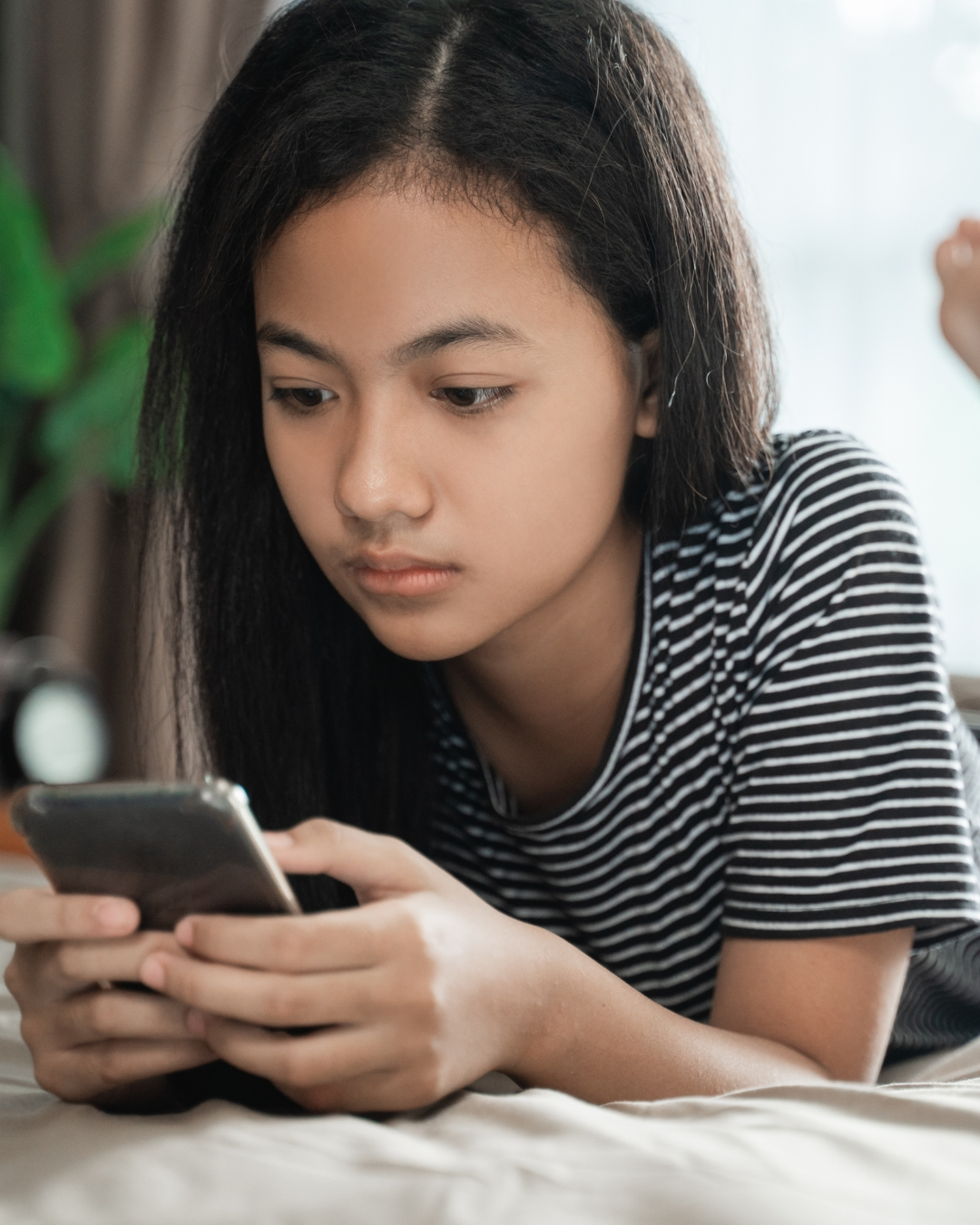At LHR, we believe that knowledge is a powerful tool in protecting our youth and supporting survivors. We’ve carefully curated these resources to help families, caregivers, and teens recognize warning signs, take preventative measures, and know how to respond when concerns arise. Whether you are seeking information about recognizing signs of abuse, understanding online safety for teens, or finding immediate support, these trusted organizations provide valuable guidance. We encourage you to explore these resources as part of our shared commitment to creating safer environments and supporting those who have experienced trauma.
trusted resources
online harms: intimate images
Is there a sexual image of you online and you don’t know what to do? If you are under the age of 18 and someone is sharing an intimate image or video of you, there ARE steps you can take. This article from cybertip.ca offers insights on ways to get help, what to do if you are being threatened or blackmailed, and details Canadian laws to help deal with the non-consensual distribution of intimate images.
exploitation vs. trafficking
Sexual exploitation is a growing problem around the world, and can take on several different forms. The trafficking of humans is considered one of the fastest growing criminal activities in the world today. This article from daughtersproject.ca helps define the differences between sexual exploitation and trafficking.
If you interact with children, you may find yourself in a situation where a child tells you that he or she was sexually abused. How you respond to this disclosure can make a significant difference in that child’s life. When you suspect a minor has been abused, you are legally required to report your suspicion to child protective services or police. This article from littlewarriors.ca provides insights on what to do, what to say, and what steps to take when making a report of suspected or reported child sexual abuse.
disclosing & reporting
If you know of a minor who is in immediate danger call 9-1-1
For emotional distress or suicide crisis intervention, call 9-8-8
parents guide to the teen digital world
How do you stay connected with a teen whose social life happens mostly online? When does digital drama need your attention? What’s the balance between independence and safety? This guide from commonsensemedia.org breaks down the complex reality of the teens’ digital world. Learn how to support your teen through this pivotal time while helping them build healthy digital habits that will serve them into adulthood.
In modern relationships, we have come to accept certain behaviors as bright flashing warning signs. Love-bombing definitely falls into this category. The act of overwhelming someone with excessive affection and attention to manipulate or control them sits at the top of many “red flags” top ten lists. Endtab.org explains how AI powered apps have been programmed to facilitate and normalize unhealthy relationships.
what is love-bombing?
looking for more information?
our resource section is updated on a monthly basis, so please continue to check back for new releases and current information. if you have suggestions or resources to add, we would be thrilled to hear from you!








